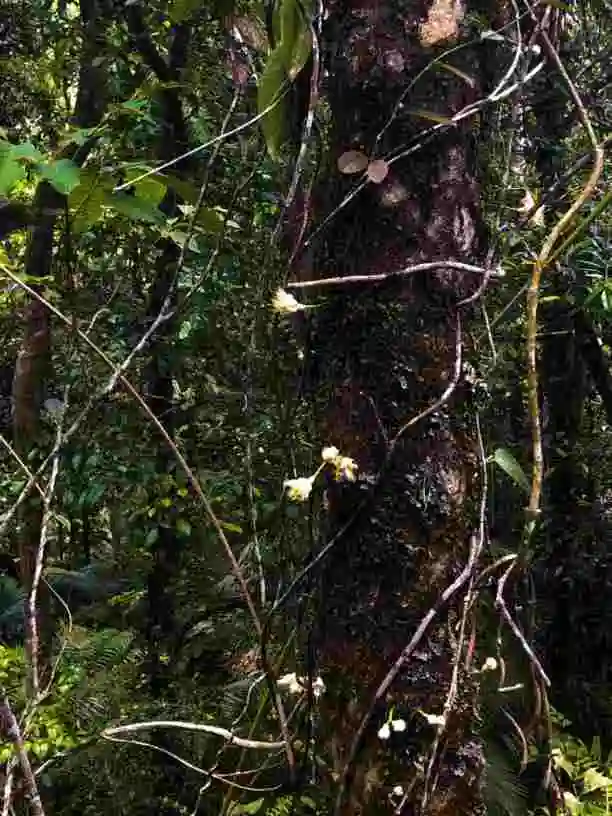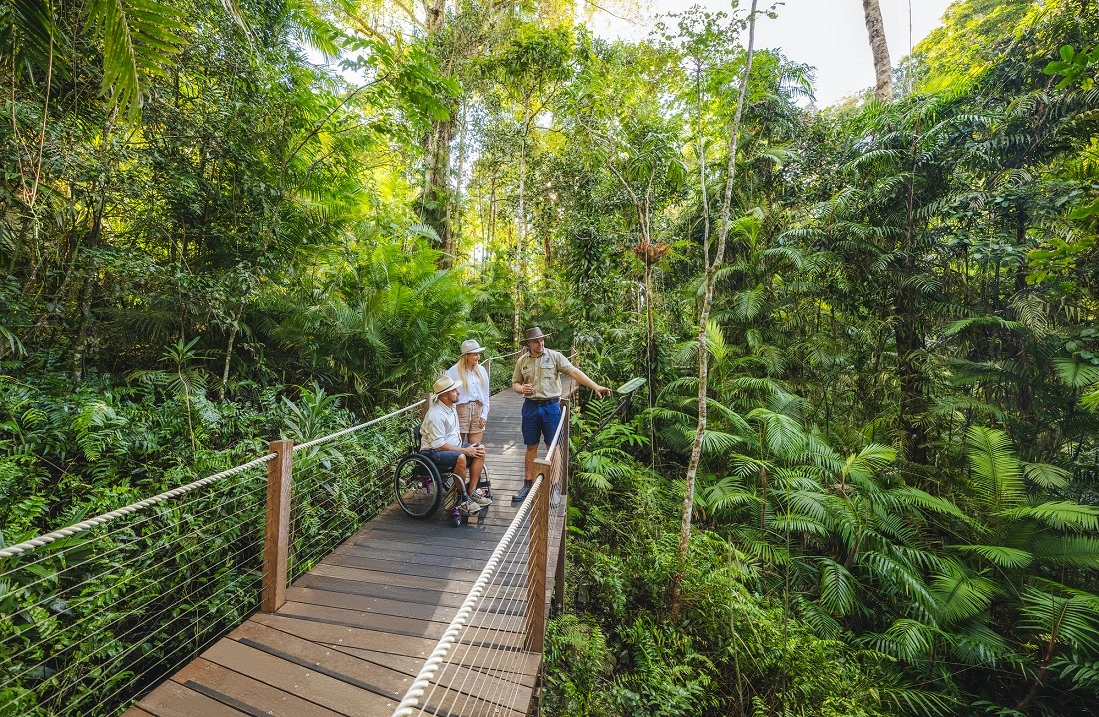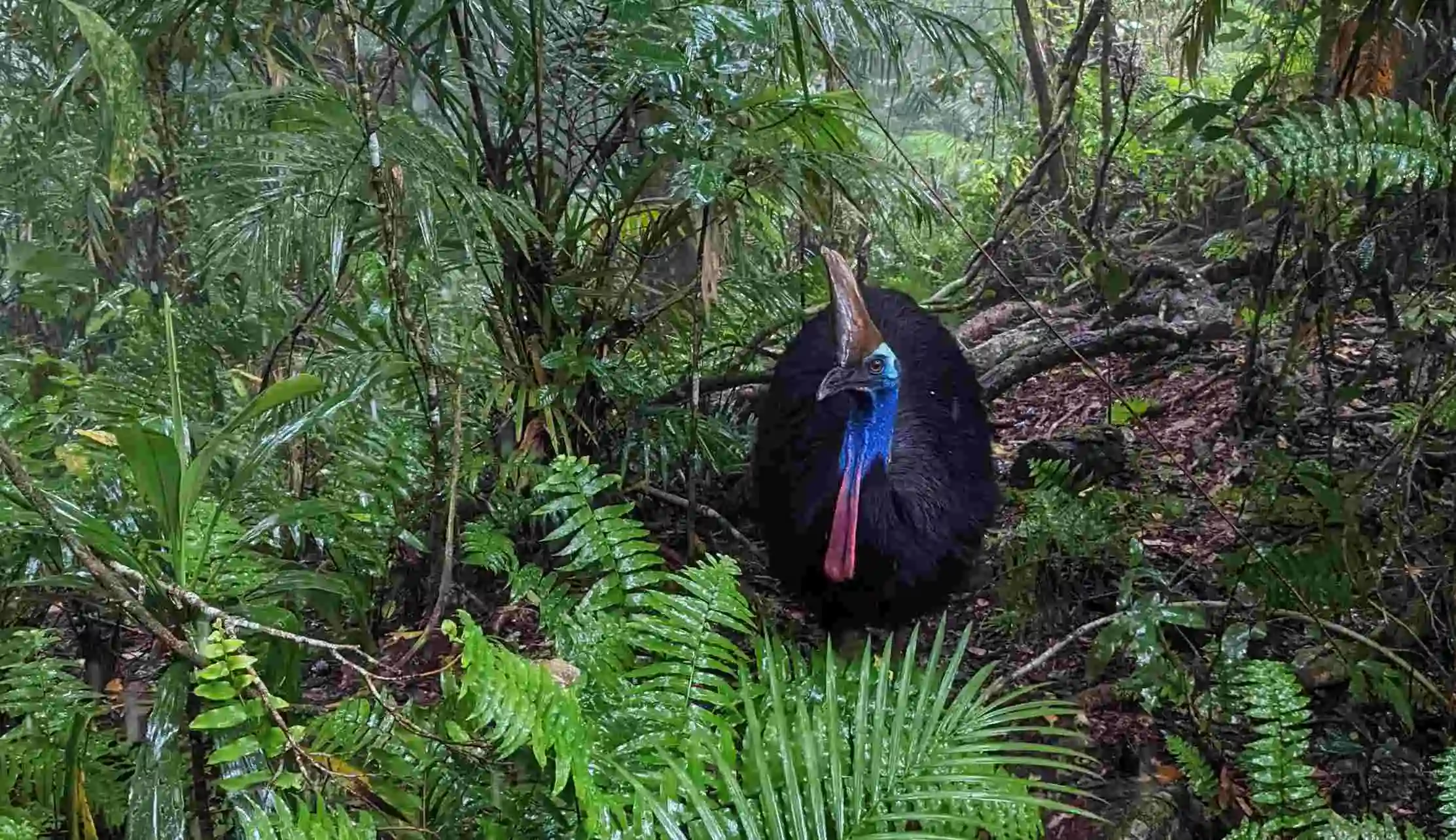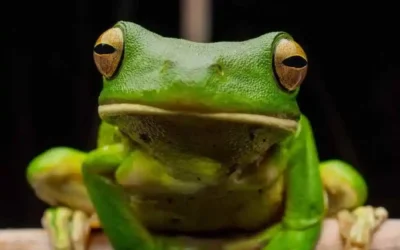Flowering Right Now!
You heard it here first – the Bumpy Satinash is flowering right now at Red Peak!
As we know, plants generally flower every year and this seasonality makes it easier to predict when they will bloom into an appealing pleathora of colour.
However, the Bumpy Satinash is no ordinary plant. Rather than being influenced by the season and flowering each year, this special plant blossoms only every two to five years. The rarity of this makes it particularly interesting to flower enthusiasts and makes you particularly lucky if you spot one in bloom!
The infrequency of its flowering is not the only reason why the Bumpy Satinash is considered ‘botanically unusual’, the position of the flowers is also unique. These flowers are not confined to the plant’s branches but also grow directly from its trunk.

This trait is called caulifory and is utilised by many tropical rainforest fruiting plants like the cacao and jackfruit. The trees do this to maximise its number of pollinators and seed dispersers. By offering its flowers and fruits across all layers of the rainforest (from the forest floor to the canopy) the trees help ensure the ongoing survival of its species.
The fruits eventually break off, leaving behind scar tissue. After a number of years, these scars form into large bumps and hence, give the Bumpy Satinash tree its name.
As you can see, the Bumpy Satinash flowers are small, white and fluffy and are full of sweet nectar. The nectar from these delicate blossoms attract an array of birds including parrots, honey-eaters and lorikeets.
At night, they attract different visitors including the Common Striped Possum, the Long-tailed Pygmy Possum and the Herbert River Ringtail Possum. The nectar is also an important food source for the Queensland Blossom Bat. This tiny rainforest bat (smaller than a mouse) uses its long, pointed nose and thin tongue to lick the nectar from the flowers.

Image credit: Tourism & Events Queensland

Southern Cassowary at Red Peak
From Flowers to Fruits
After blooming, the flowers turn into pale pink coloured fruit. This fruit is about the size of a golf ball and shaped like an apple, providing the inspiration behind the Bumpy Satinash’s alternative name ‘White Apple.’
The fleshy fruit is popular with the Southern Cassowary. While cassowaries typically eat fruit fallen on the ground, if they can reach, the cassowary will munch straight from the tree or use its strong legs to kick the fruit down.
The fruit is also edible for humans; however quite tarte to taste and we do not recommend it! As a form of bush tucker, Indigenus Rainforest Peoples would chew on the Bumpy Satinash fruits to relieve their thirst on long walks.
The Bumpy Satinash plant grows to about 30 metres in height and can be viewed from the Red Peak boardwalk.
Join us on a complimentary ranger guided tour to learn more about #TheAncientRainforest and to view the elusive Bumpy Satinash flowers!



